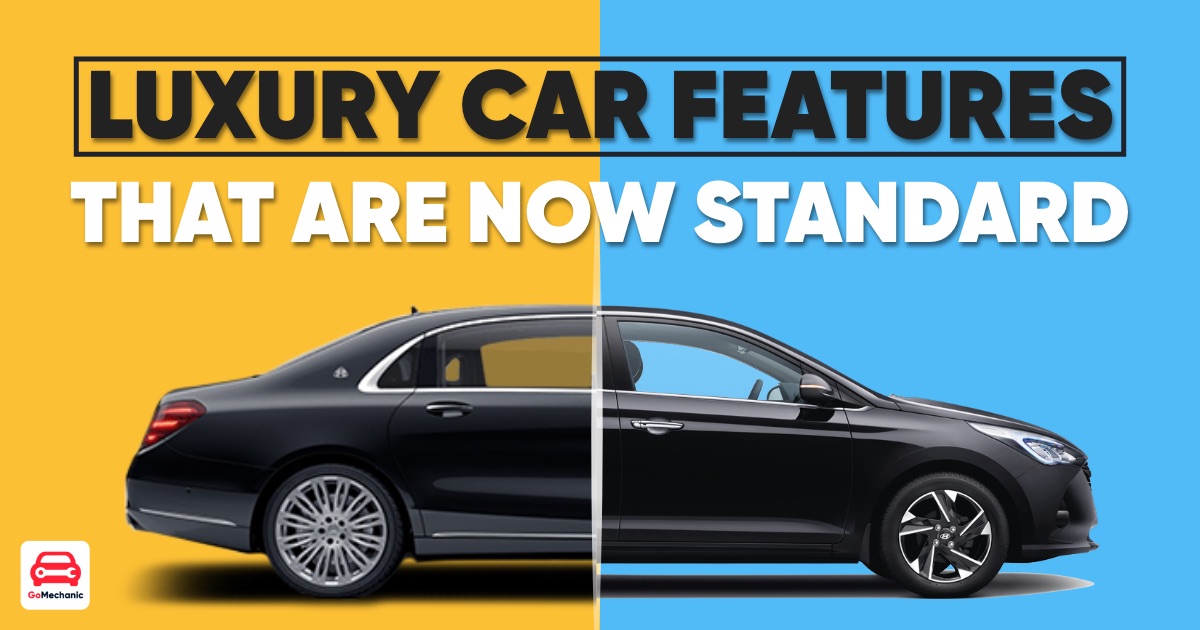Introduction
- Highlight the benefits of purchasing a quality used car, emphasizing cost savings and value.
- Introduce the importance of thorough inspection and evaluation when selecting a pre-owned vehicle.

1. Establishing Your Budget and Needs
- Budget Considerations:
- Discuss setting a realistic budget for purchasing a used car, considering affordability, financing options, and potential additional costs (e.g., taxes, registration).
- Financial Planning: Emphasize the importance of aligning the budget with long-term financial goals and affordability.
- Identifying Needs:
- Consider factors such as seating capacity, cargo space, fuel efficiency, safety features, and technology preferences based on personal or family needs.
- Lifestyle Fit: Highlight the relevance of choosing a vehicle that suits daily commuting, recreational activities, or specific driving conditions.
2. Researching Reliable Makes and Models
- Reliability Ratings:
- Importance: Discuss the significance of vehicle reliability in minimizing maintenance costs and ensuring long-term satisfaction.
- Resources: Recommend using sources like Consumer Reports, JD Power, and vehicle owner forums to research reliability ratings and user reviews.
- Popular Models:
- Mention commonly recommended used car models known for their reliability, durability, and affordability.
- Examples: Highlight specific makes and models with proven track records in terms of reliability and positive consumer feedback.
3. Evaluating Vehicle History and Ownership
- Vehicle History Report:
- Importance: Discuss the role of a comprehensive vehicle history report in revealing past accidents, title issues, odometer discrepancies, and service records.
- Accessibility: Recommend obtaining a vehicle history report from reputable providers like Carfax or AutoCheck before considering a purchase.
- Ownership and Maintenance Records:
- Reviewing Records: Advise on requesting maintenance records and receipts to assess the vehicle’s service history and upkeep.
- Certified Pre-Owned (CPO) Option: Highlight the benefits of choosing CPO vehicles with detailed inspection reports and extended warranties for added peace of mind.
4. Conducting a Thorough Inspection
- Exterior Inspection:
- Visual Assessment: Guide on checking for signs of rust, dents, scratches, and paint inconsistencies that may indicate previous damage or neglect.
- Structural Integrity: Highlight the importance of inspecting the frame, doors, and panels for alignment and integrity.
- Interior Inspection:
- Cleanliness and Condition: Assess the cleanliness and condition of the interior upholstery, dashboard, controls, and electronics.
- Functionality: Test features such as air conditioning, heating, audio system, navigation, and power accessories to ensure proper operation.
5. Test Drive and Performance Evaluation
- Test Drive Checklist:
- Driving Dynamics: Evaluate acceleration, braking responsiveness, steering alignment, and suspension performance during various driving conditions.
- Noise and Comfort: Pay attention to unusual sounds, vibrations, and overall comfort levels to gauge the vehicle’s condition and ride quality.
- Mechanical Inspection:
- Professional Assessment: Consider hiring a certified mechanic to perform a comprehensive inspection of the engine, transmission, brakes, and exhaust system.
- Diagnostic Tools: Utilize diagnostic tools to check for engine codes, fluid levels, and overall mechanical health.
6. Negotiating and Finalizing the Purchase
- Price Evaluation:
- Comparative Analysis: Compare the asking price with market values, considering factors like mileage, condition, and included warranties.
- Negotiation Tips: Provide strategies for negotiating the price based on inspection findings, repair needs, and market conditions.
- Legal Considerations:
- Documentation: Ensure all necessary paperwork, including title transfer, registration, and sales contract, is completed accurately and transparently.
- Warranty Options: Discuss available warranty options, extended coverage plans, and dealership policies regarding returns or exchanges.
Conclusion
- Recap the steps and considerations involved in spotting a quality used car, emphasizing thorough research, inspection, and evaluation.
- Encourage consumers to prioritize reliability, condition, and affordability when selecting a pre-owned vehicle that meets their budget and lifestyle needs.
- Highlight the importance of making an informed decision to ensure satisfaction and long-term ownership enjoyment.
By following these guidelines and conducting diligent research and inspections, consumers can confidently identify and purchase a quality used car that offers reliability, value, and peace of mind on the road.



